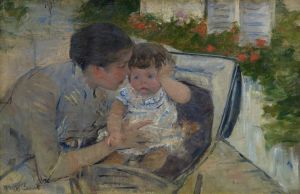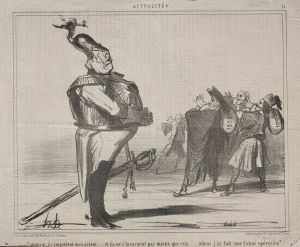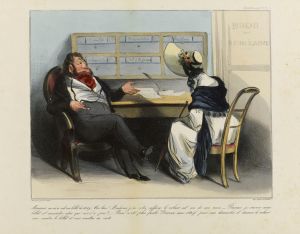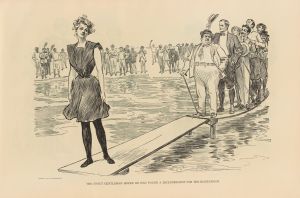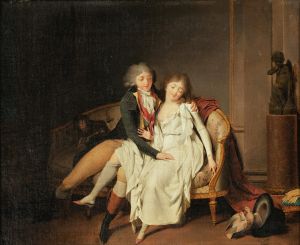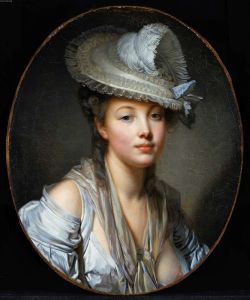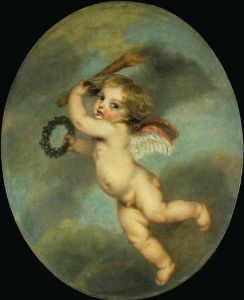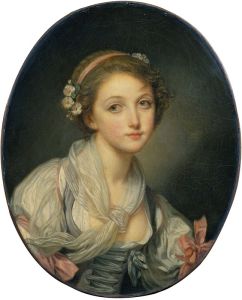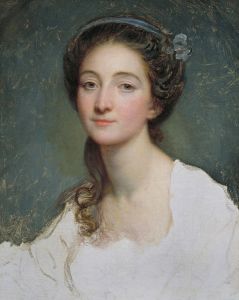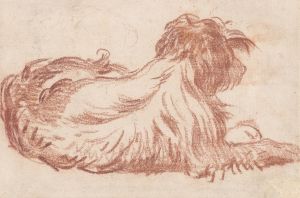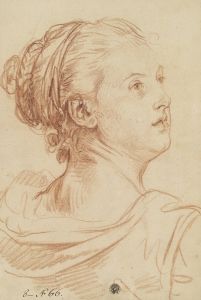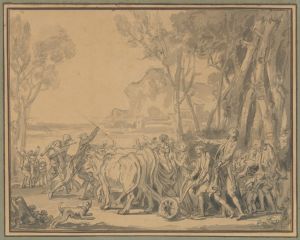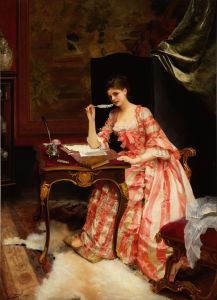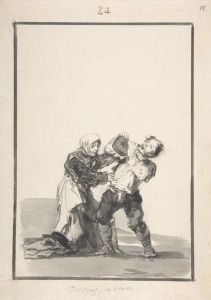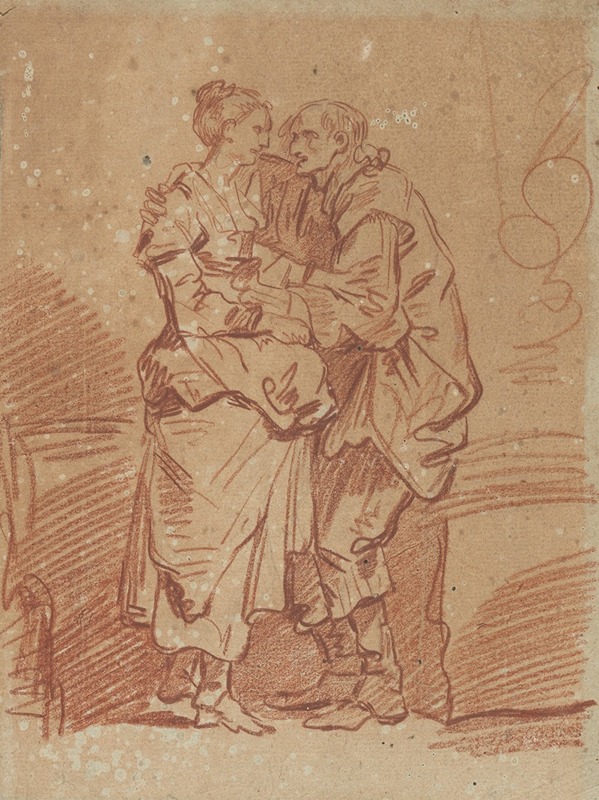
An old man with a bag of money embracing a young woman
A hand-painted replica of Jean-Baptiste Greuze’s masterpiece An old man with a bag of money embracing a young woman, meticulously crafted by professional artists to capture the true essence of the original. Each piece is created with museum-quality canvas and rare mineral pigments, carefully painted by experienced artists with delicate brushstrokes and rich, layered colors to perfectly recreate the texture of the original artwork. Unlike machine-printed reproductions, this hand-painted version brings the painting to life, infused with the artist’s emotions and skill in every stroke. Whether for personal collection or home decoration, it instantly elevates the artistic atmosphere of any space.
Jean-Baptiste Greuze was a prominent French painter known for his genre scenes and portraits that often depicted moral and sentimental themes. One of his works, "An Old Man with a Bag of Money Embracing a Young Woman," exemplifies his ability to capture complex human emotions and social commentary through art. Although specific details about this painting are limited, it is consistent with Greuze's broader oeuvre, which frequently explored themes of morality, virtue, and the consequences of human actions.
Greuze was born on August 21, 1725, in Tournus, France. He studied in Lyon before moving to Paris, where he gained admission to the prestigious Royal Academy of Painting and Sculpture. His early works were well-received, and he quickly became known for his ability to convey narrative through expressive figures and detailed compositions. Greuze's paintings often depicted domestic scenes, focusing on the lives of ordinary people and the moral lessons that could be drawn from their experiences.
"An Old Man with a Bag of Money Embracing a Young Woman" likely fits within this context, as Greuze was known for creating works that commented on social and moral issues. His paintings often featured characters in morally ambiguous situations, prompting viewers to reflect on the ethical implications of their actions. The title itself suggests a narrative involving themes of wealth, power, and possibly exploitation or manipulation, which were common motifs in Greuze's work.
Greuze's style was characterized by his meticulous attention to detail and his ability to capture the subtleties of human expression. He was adept at using light and shadow to enhance the emotional impact of his scenes, and his compositions often included carefully arranged elements that contributed to the overall narrative. His work was part of a broader movement in 18th-century French art that sought to move away from the frivolity of Rococo and towards more serious, morally instructive themes.
Despite his early success, Greuze's career faced challenges later in life. His relationship with the Royal Academy became strained, particularly after his attempt to gain recognition as a history painter was met with criticism. The Academy preferred his genre scenes and did not accept his history painting, which was considered a higher art form at the time. This rejection affected Greuze's reputation and financial stability, although he continued to paint and exhibit his work.
Greuze's influence extended beyond his lifetime, as his focus on moral storytelling and emotional depth resonated with later artists and movements. His work is often seen as a precursor to the Romantic movement, which similarly emphasized emotion and individual experience. Today, Greuze's paintings are held in various collections around the world, appreciated for their technical skill and the insight they provide into 18th-century French society.
In summary, while specific information about "An Old Man with a Bag of Money Embracing a Young Woman" is limited, it can be understood within the context of Jean-Baptiste Greuze's broader body of work. His paintings often explored themes of morality and human emotion, using detailed compositions and expressive figures to engage viewers in a narrative. Greuze remains an important figure in the history of French art, known for his contributions to genre painting and his influence on subsequent artistic movements.





